In the beginning of the browser wars there were two titans – Netscape Navigator and Internet Explorer. Eventually one fell by the wayside and morphed into Mozilla, which evolved into Firefox, and the other forced itself on the market being packaged with Windows.
Over the years new challengers for the web browsing eyeballs arrived on the scene. These browsers include Opera, Safari and Google’s recent browser release, Chrome; as well as the latest versions of Internet Explorer and Firefox.
Like every other tech site, we were blind sided by yesterday’s unannounced release of Safari 4 Beta. The latest version of Apple web browser comes in both OS X and Windows flavors and features a redesigned user interface, next generation standards support, the implementation of Cover Flow, history view and much more.
During the past day and a half I’ve had a chance to try out Safari 4 Beta on both a Windows XP and Mac machines. In this article we will look at the browser and some of its newer features.
A Closer Look:
One of the first things users will notice, especially on Windows is how Apple has integrated the appearance of Safari to match the its host OS. Safari 4 now looks like it is meant to run on Windows instead of being a port of a Mac application. For the Windows purist, this is a welcome addition.
If you have used Google Chrome, the appearance of Safari will look pretty familiar. The top of the browser features Tabs, which can be removed, repositioned or added to the current browser window. On the left hand side of each of these tabs is an ‘X’ to close the tab. At the far right we see a ‘+’ sign for adding additional tabs.
Taking a page from the newer Internet Explorer versions in Windows, Safari 4 hides the menu bar creating a minimalistic appearing interface. If you are like me and miss the menu bar, it can be easily enabled via the tool drop down tab.
Below these tabs is the rather Spartan toolbar, which features a forward and back button, an address bar with a plus sign to its left for adding new bookmarks and a Google search bar adjacent to the address bar. In the Windows version just to the right of the Google search bar are two drop down lists that include many of the features found in the menu bar including browser preferences.
Finally below this level is the bookmarks bar that can be populated by dragging web pages onto it or via the bookmark manager.
One of the exciting new features that Apple has implemented into Safari is Cover Flow. If you have used Cover Flow on iTunes or in the OS X’s Finder, then you should be familiar with how it works. Web pages are now previewed within large thumbnail shots against a black backdrop. One can scan through browsing history, bookmarks, RSS feeds and more via keyboard arrows or mouse. To access this view, click on the Bookmark icon on the top left side of the bookmarks bar.
In my opinion, the slickest feature in Safari 4 is Top Site, which is another implementation of the Cover Flow technology. Top Site displays a series of stacked thumbnails of your most visited sites.
Initially when Safari is loaded these sites are pre-populated with default pages such as Flickr, Yahoo, Google, Wikipedia, etc. As you use Safari, your most visited sites replace these pages. You can activate Top Site by clicking the icon next to the bookmark toolbar or when you open a new tab. Top Site allows the “pinning” of a site to a specific thumbnail and deletion with the edit feature. In addition you can select small, medium or large thumbnails. The smaller the thumbnail, the more you will get on the screen.
Private Browsing is back from the last version of Safari. Activate it when surfing places you don’t want others to discover. Just make sure you turn it on or else you may end up with a few surprises on your Top Site page.
Another Apple “innovation” is the Smart Address Field. This feature auto completes what you type in the address field with the most likely match. If there are multiple possibilities then Safari will provide a list of relevant suggestions. Of course most other browsers have been using the feature for quick some time, so it is new for Safari.
Apple lists some 150 new features included in Safari 4 Beta, although many of which we have seen in other browsers. The other major selling point for Safari 4 is that it is the first web browser to be Acid 2 compliant.
Safari is the first — and only — web browser to pass Acid 3. Acid 3 tests a browser’s ability to fully render pages using the web standards used to build dynamic, next-generation websites, including CSS, JavaScript, XML, and SVG.
Impressions:
Installation of Safari 4 in Windows was a simple process. However in OS X, you need to be running version 10.5.6 of Leopard with the latest security patch applied before it will allow Safari 4 to be installed. Since it overwrites Safari 3 be prepared to lose your non Beta Safari for the experimental version. I guess, this is why they make Time Machine, right?
From the Preference panel, you can fine tune Safari for the setting you prefer for your web browser. This is pretty much the same as the prior version of Safari.
While Safari 4 is innovative in its use of CoverFlow, it is still just an average browser. One of its main selling points is how fast it renders web sites. Based on my observations, at times Safari 4 seems faster than its competitors; while at other times it runs slower than other browsers. Overall, there is little discernable difference between Firefox, Safari 3 and Internet Explorer in rendering Web pages.
Running the Windows version with multiple tabs open caused slow downs on when reloading some previously opened pages and other sites seemed not to refresh at all. Working on the OS X side browsing seemed more responsive most likely since Safari is the native Mac browser.
Safari has improved their web browser from its previous iteration, by adding some interesting new features but relies on eye candy more than it needs. It is still a beta product and needs some more development before it becomes considered a must have browser.
My current default browser of choice is Firefox 3.1 Beta and after spending some time with the newest Safari version, I have to say that Firefox is still my browser of choice.

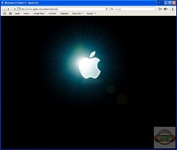
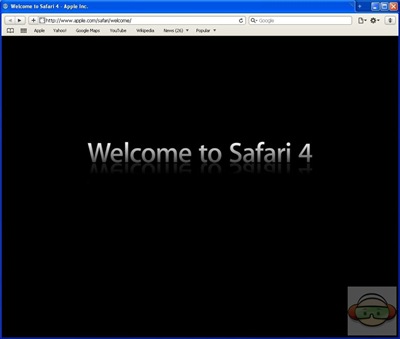

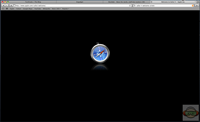
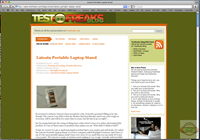
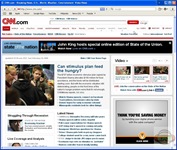
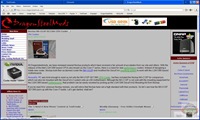
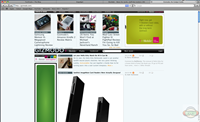
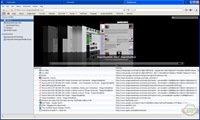
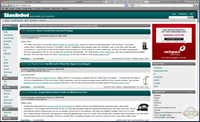
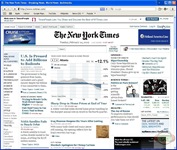
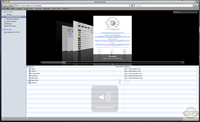
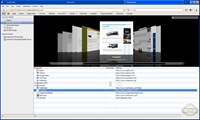
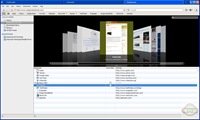
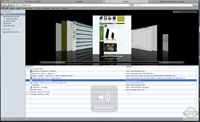
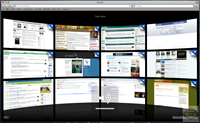
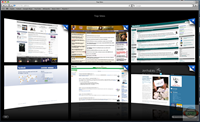
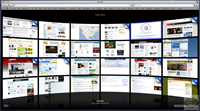
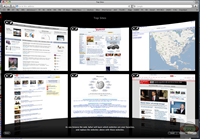
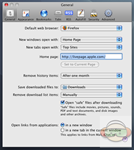
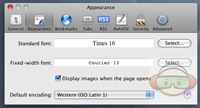

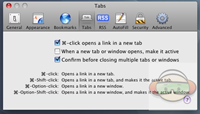
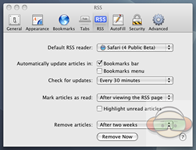

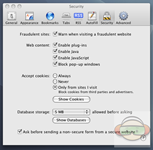
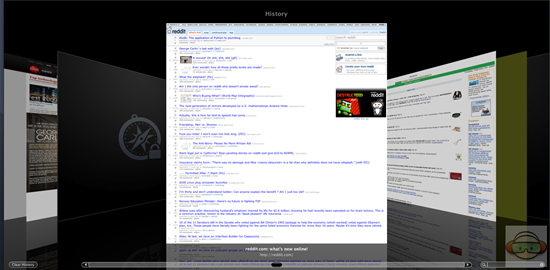
5 comments for “Safari 4 Beta – First Look”